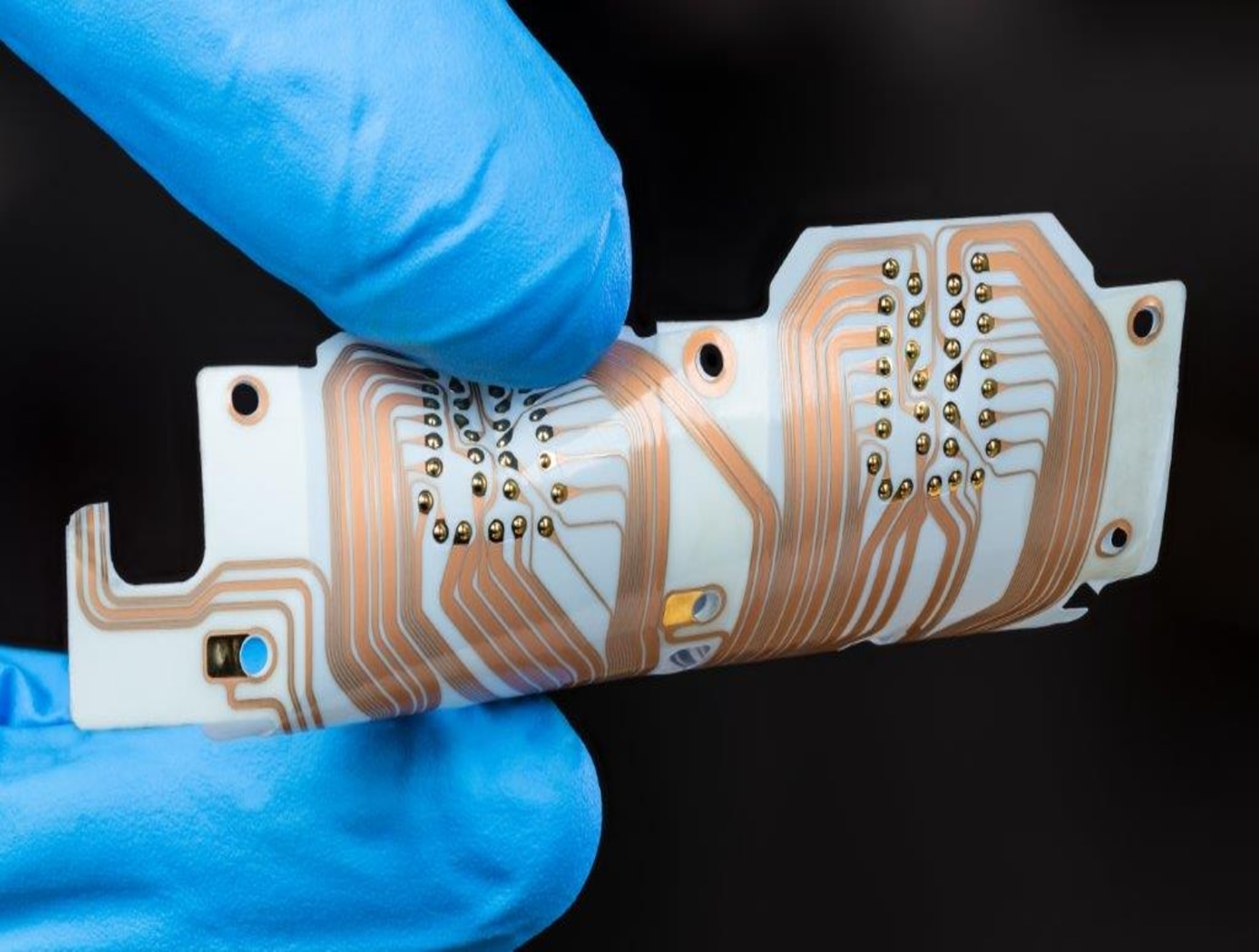Search
sensors

Carbon Dioxide Gas Sensors
Current bulk or thick film solid electrolyte CO<sub>2</sub> sensors are expensive, difficult to batch fabricate, and large in size. In contrast, this new amperometric, solid-state, oxide-based electrolyte CO<sub>2</sub> microsensor is affordable, easy to fabricate, and is so small that it could easily be integrated onto a substrate the size of a postage stamp.
The basic composition of the sensor is identical to a previously designed NASA Glenn technology in which a solid electrolyte of Na<sub>3</sub>Zr<sub>2</sub>Si<sub>2</sub>PO<sub>12</sub> is deposited between interdigitated electrodes on an alumina substrate and is covered by Na<sub>2</sub>CO<sub>3</sub>/BaCO<sub>3</sub>. Unlike its predecessor, however, this innovation includes an additional layer of nanocrystalline SnO<sub>2</sub> sol gel, an electron donor type (N-type) semiconductor, on top of the Na<sub>2</sub>CO<sub>3</sub>/BaCO<sub>3</sub> . This new layer provides a greater number of electrons for reduction reaction at the working electrode to detect CO<sub>2</sub>. As a result, overall performance is enhanced, and this new state-of-the-art sensor has the ability to operate at temperatures as low as 375°C. This low temperature capability significantly decreases the amount of power required to operate the sensor, opening the door to a multitude of new applications that were previously unattainable.
electrical and electronics

Printable IoT sensor development platform
Advances in additive manufacturing have enabled development of printable electronic sensor elements that can be deposited onto flexible substrates. To benchmark performance of printed sensors against the state of the art, NASA developed a low power flexible sensor platform. The platform integrates the following key components and features:
-Flexible substrate: DuPont Kapton allows bending around cylindrical surfaces as small as in diameter.
-Embedded microcontroller: Cypress CY8C4248 LQI-BL583 Arm Cortex M0 processor with BLE wireless controller, max frequency 48 MHz. Supports low power modes of operation, capacitive sensing support, and a single-channel 12-bit AD converter.
-Commercial sensor suite: Bosch BNO080 inertial sensor; Bosch BME280 humidity, pressure, and temperature sensor; AMS CCS811 air quality sensor (VOCs and CO2).
-Prototyping area for custom-printed sensors: 1) thermistor, uses carbon-based PTC resistor paste DuPont2792; 2) capacitive humidity sensor using a NASA-developed dielectric ink.
NASA researchers have used the platform to study performance of the printed capacitive humidity sensor. The 2x4 mm co-doped barium titanate sensing element is highly sensitive to water vapor and performs as an unobtrusive breathing monitor, sensitive to breath at distances of up to 20 cm. Average change of sensor capacitance at a distance of 7.5 cm was observed to be 6.23.5 pF.
sensors

Solid State Carbon Dioxide (CO2) Sensor
The technology is a solid state, Carbon Dioxide (CO2) sensor configured for sensitive detection of CO2 having a concentration within the range of about 100 Parts per Million (ppm) and 10,000 ppm in both dry conditions and high humidity conditions (e.g., > 80% relative humidity). The solid state CO2 sensor achieves detection of high concentrations of CO2 without saturation and in both dynamic flow mode and static diffusion mode conditions. The composite sensing material comprises Oxidized Multi-Walled Carbon Nanotubes (O-MWCNT) and a metal oxide, for example O-MWCNT and iron oxide (Fe2O3) nanoparticles. The composite sensing material has an inherent resistance and corresponding conductivity that is chemically modulated as the level of CO2 increases. The CO2 gas molecules absorbed into the carbon nanotube composites cause charge-transfer and changes in the conductive pathway such that the conductivity of the composite sensing material is changed. This change in conductivity provides a sensor response for the CO2 detection. The solid state CO2 sensor is well suited for automated manufacturing using robotics and software controlled operations. The solid state CO2 sensor does not utilize consumable components or materials and does not require calibration as often as conventional CO2 sensors. Since the technology can be easily integrated into existing programmable electronic systems or hardware systems, the calibration of the CO2 sensor can be automated.



